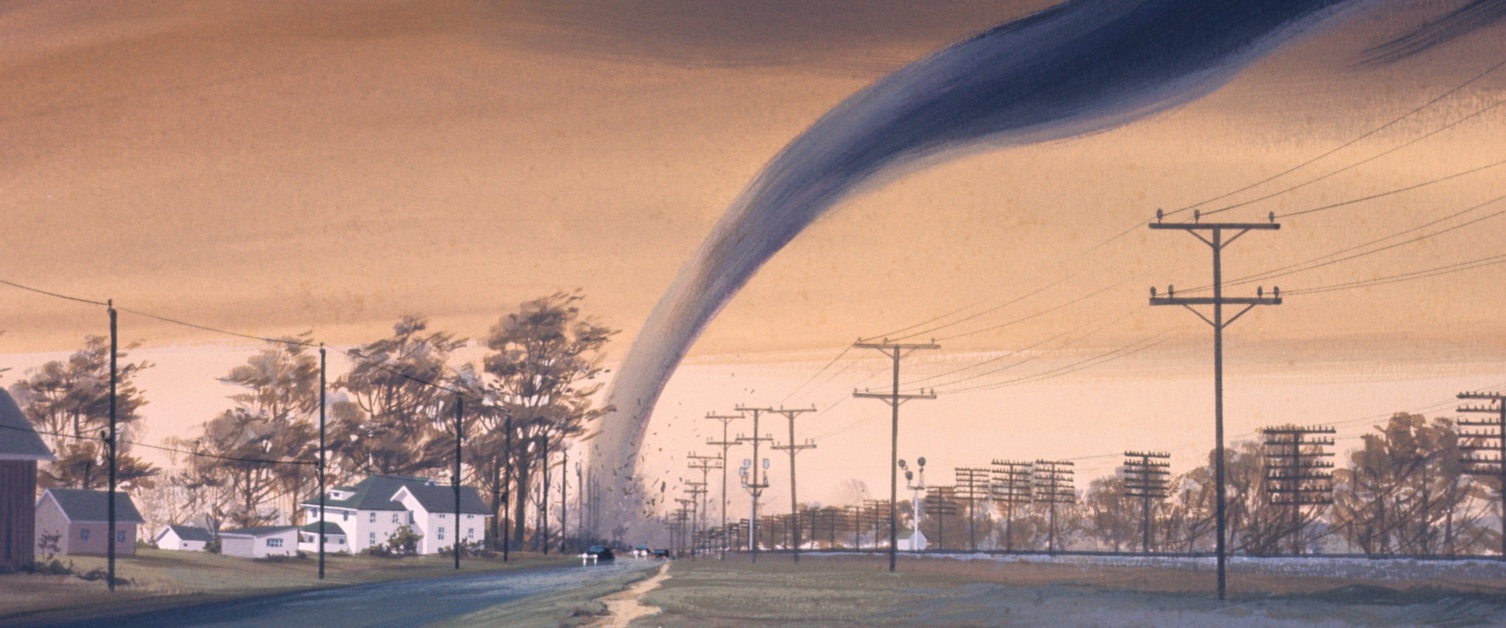Gaining a better understanding of the actions people take during a tornado emergency
- By AMS Staff
- May 3, 2022
A paper that will appear in an upcoming issue of BAMS takes a fascinating look at how people in two deadly EF3 tornado emergencies evaluated their personal risk and took action based on the information available to them. Rethinking Warning Compliance and Complacency by Examining how People Manage Risk and Vulnerability during Real-world Tornado Threats, by Demuth, et al., was just accepted for publication. The following link can be used to gain access to an early online release of this paper and will also serve to link to the final published version once it appears formally in BAMS: https://doi.org/10.1175/BAMS-D-21-0072.1.
The study sought to understand better how people treat warning information and their decision to seek shelter once they receive that warning. There have been a number of hypotheses on why individuals may not seek adequate shelter, including complacency due to previous false alarms or over warnings. To determine if people are actually complacent in the face of a tornado warning, the study reported on in this paper carried out in-depth interviews with survivors of two tornadoes in Georgia in January 2017 that occurred about 50 miles apart, with one being a nighttime tornado and the other occurring the following afternoon, about 12 hours later (see Fig 1).
The paper includes excerpts of some of the interviews that were carried out, and each makes for compelling reading. Here is an example of just one:
Sally: We sat in the closet. The tornado was mentioned. You know we ought to do something. Because we really have no place to go you know. No place really for us to go, there’s no shelters or anything like that. […]
James: I said, “Babe, let’s go ahead and get in the closet here.” And we got into that cubbyhole right there. And that’s where we rode it out. […]
Sally: While it was going on we were right here in that little dinky hallway holding on to each other real tight. He had his arms around me and I had mine around him real tight, and we were praying. That was all we could do. And everything was just shaking like that and you know, and we could hear the metal just flying, hitting up against the house and everything. And then it stopped briefly and then it started right back up again. We really felt like this place was just going to come apart. […]
Interviewer: You were talking about nowhere to go for shelter before, so I wanted to follow up on that. Do you think that if you had known earlier that the tornado was coming right here that you might have been able to leave the house or would you have stayed here?
James: Oh yeah, we would have left.
Interviewer: Where do you think you would have gone?
James: Wherever there was a shelter. There ain’t no shelter around here.
Sally: The only thing that I can possibly think of that might withstand something like that would be Walmart and it’s a good little ways from here. […] It’s the only place that I can think of. […] I still feel that shaking. Just like the place was jumping up and down like we were in a bowl of jello or something.
The study found that all but one of the 23 participants in the interviews were proactive in preparing for and monitoring the situation, assessing their risk, and taking actions based on the information they had available. They were not complacent, but instead took the threat seriously. The one interviewee who made the decision to ignore the warning and take no action — believing the tornado would not hit him — indicated that on further reflection he definitely should have taken the threat seriously and would next time. An important aspect of the study, which is evident in the quote reproduced above, is that many people felt that had no safe place to shelter that could be reached in the time they had available to heed the warning. This is not a new result, but it is brought home graphically in the first-hand accounts of these survivors.
This article provides an excellent discussion of how understanding that few people are complacent in the face of weather risks can reframe issues surrounding providing the best possible service to the public in emergency situations. It closes with a set of recommendations that include providing better sheltering options for all communities and providing better information on sheltering in place for those who have no other option in the face of an imminent threat. The need for better housing options for those in tornado-prone regions. As noted by the authors in their closing paragraphs: “These are complex problems to solve that necessitate additional research, political will, and community-inspired solutions and that will require long-term commitment and investment from many.”

.JPG)